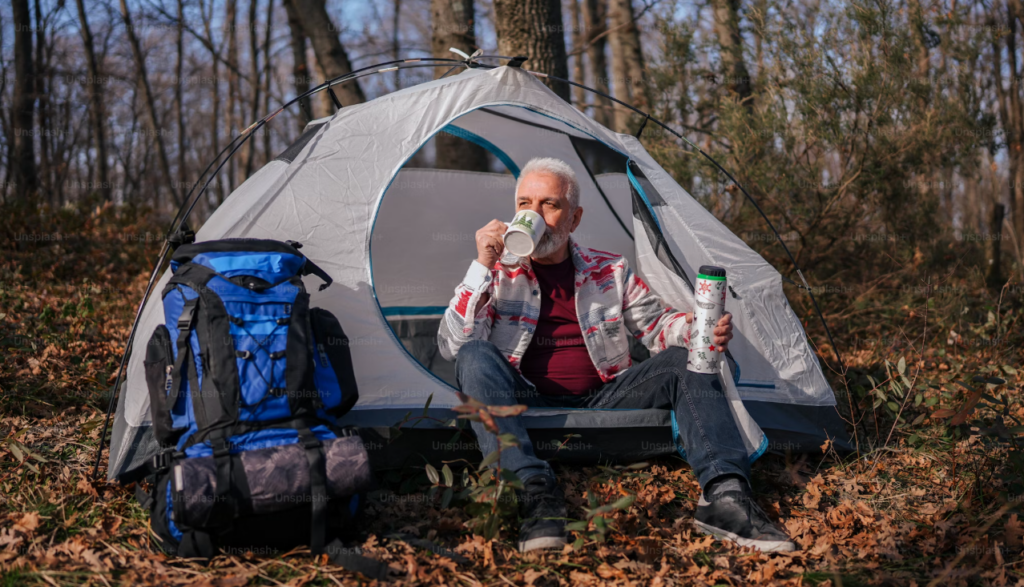Camping has evolved far beyond a simple night under the stars. Today, it’s a lifestyle, a passion, and a way to connect with nature—and yourself. Whether you’re stepping into the wild for the first time, creating family memories, or seeking solitude, your camping style defines your adventure. This guide uncovers the unique journeys of first-timers, families, and solo explorers, offering insights, tips, and inspiration for your next outdoor escape.
First-Timer’s Path: Where the Adventure Begins
Embarking on your first camping trip is thrilling yet daunting. The wilderness is vast, and preparation is key. For newcomers, comfort, safety, and simplicity are your best companions.
What Defines First-Timer Camping?
- Easy Setup: Opt for instant tents or dome-style shelters that require minimal assembly.
- Essential Gear: Focus on the basics: tent, sleeping bag, pad, lighting, and simple cooking tools.
- Convenience: Choose well-equipped campgrounds with amenities like restrooms, showers, and electricity.
- Community: Campgrounds offer opportunities to connect with fellow adventurers and learn from their experiences.
Packing List for First-Timers
- Tent (instant or dome)
- Sleeping bag and pad
- Headlamp or lantern
- Portable stove and basic cookware
- Food and water
- First aid kit
- Weather-appropriate clothing
- Personal hygiene items
Family Expedition: Building Bonds in the Wild
Camping as a family is about more than just sleeping outside—it’s about creating lasting memories, sharing stories, and discovering nature together. It’s a chance to unplug, play, and grow.
What Sets Family Camping Apart?
- Space and Comfort: Choose campgrounds with ample space, facilities for kids, and family-friendly activities.
- Group Gear: Bring larger tents, extra sleeping gear, chairs, tables, and entertainment for all ages.
- Activities: Plan hikes, scavenger hunts, campfire stories, and stargazing to keep everyone engaged.
- Mealtime: Involve the whole family in cooking simple, delicious meals over the fire or stove.
Family Camping Essentials
- Family-sized tent
- Sleeping bags and pads for everyone
- Camp chairs and table
- Portable stove and cookware
- Games, books, and outdoor toys
- First aid kit
- Extra snacks and drinks
- Weather gear and extra clothing
Top Family Camping Destinations
- National parks with family campsites
- Coastal campgrounds with beach access
- Forest retreats with hiking trails
- Lakeside spots for swimming and fishing
Solo Journey: Finding Yourself in the Wilderness
Solo camping is a journey of self-discovery. It’s about embracing solitude, testing your limits, and finding peace in the rhythm of nature. For many, it’s the ultimate form of freedom.
The Solo Camping Experience
- Ultralight Gear: Pack only what you need—compact tent, sleeping bag, pad, and minimal cooking tools.
- Mobility: Travel light to explore remote or less-visited locations.
- Self-Reliance: Learn basic survival skills, navigation, and first aid.
- Mindfulness: Enjoy the solitude for reflection, meditation, or simply being present.
Solo Camping Checklist
- Compact or ultralight tent
- Sleeping bag and pad
- Headlamp or lantern
- Portable stove and single pot
- Food and water
- First aid kit
- Navigation tools (map, compass, GPS)
- Personal safety items (whistle, multi-tool)
- Entertainment (book, journal, music)
Best Places for Solo Camping
- Designated backcountry sites in national parks
- Remote forest or mountain locations
- Secluded beach or lakeside spots
- Car camping areas with privacy
Style Showdown: Camping Styles Compared
| Style | Best For | Key Features | Pros | Cons |
|---|---|---|---|---|
| First-Timer | Beginners, comfort-seekers | Easy setup, amenities, community | Safe, social, low stress | Less authentic, crowded sites |
| Family | Families, groups | Space, activities, group gear | Memories, bonding, fun | More prep, heavier load |
| Solo | Adventurers, solitude-seekers | Ultralight, self-reliance, freedom | Independence, reflection, adventure | Safety concerns, loneliness |
Packing Smart: Essentials for Every Style
No matter your camping style, smart packing is the key to a successful trip. Here’s how to prepare for any adventure:
- Prioritize Essentials: Shelter, sleep system, food, water, and safety items come first.
- Weather-Appropriate Gear: Check the forecast and pack accordingly.
- Multi-Use Items: Choose gear that serves multiple purposes to save space and weight.
- Test Before You Go: Practice setting up your tent and using your gear at home.
Universal Camping Checklist
- Tent or shelter
- Sleeping bag and pad
- Lighting (headlamp, lantern)
- Cooking equipment (stove, pot, utensils)
- Food and water
- First aid kit
- Navigation tools
- Weather gear (rain jacket, extra layers)
- Personal items (hygiene, entertainment)
Pro Tips for Every Camper
- Leave No Trace: Respect nature by packing out all trash and minimizing your impact.
- Stay Safe: Always inform someone of your plans and expected return time.
- Plan Ahead: Reserve campsites early, especially during peak seasons.
- Be Flexible: Weather and conditions can change—be ready to adapt.
- Enjoy the Journey: Embrace the unexpected and savor every moment outdoors.

